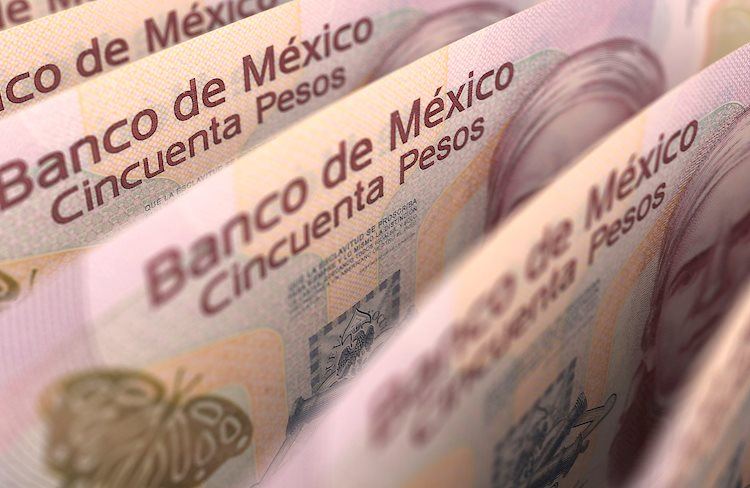The Mexican Peso is under pressure as investors worry about the potential approval of controversial judiciary reforms, which could increase political risks in the country. Morena’s supermajority in Congress raises fears of constitutional changes that could lead to a consolidation of power and higher risk premiums. Dovish comments from Banxico Deputy Governor Galia Borja have added to the pressure on the Peso.
On Monday, the USD/MXN trades at 19.42 after reversing most of last week’s gains. The Instituto Nacional Electoral’s approval of Morena’s supermajority in Congress has elevated concerns about the approval of the Judiciary Reform bill, leading to losses in the Peso. The increased risks associated with the potential constitutional changes are driving the USD/MXN price action as investors fear a concentration of power in the executive branch that could impact the rule of law.
Morgan Stanley has advised its clients against investing in Mexican shares due to fears that the judiciary reform could raise risk premiums in the country. Meanwhile, Bank of Mexico Deputy Governor Galia Borja highlighted economic slowdown indicators and reaffirmed the bank’s commitment to a restrictive monetary policy. The balance of trade data release on August 27 is expected to shed more light on Mexico’s economic conditions.
The escalation of the Israel-Hezbollah conflict in the Middle East has also contributed to the weakening of the Mexican Peso. Mexico’s Balance of Trade in July is expected to show a deficit, while traders will monitor US Consumer Confidence data, GDP figures, and inflation gauges. Technical analysis of the USD/MXN suggests that the upward trend remains intact, with potential resistance levels to watch for in the coming days.
Banxico, Mexico’s central bank, plays a crucial role in maintaining the stability of the Mexican Peso and setting monetary policy. By adjusting interest rates, Banxico aims to control inflation levels and ensure the value of the currency. The central bank’s decisions are influenced by the US Federal Reserve, with interest rate differentials playing a key role in determining the strength of the Peso. Banxico typically meets eight times a year, following the Fed’s lead in setting monetary policy measures.


























